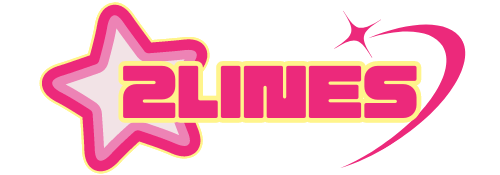
In today’s fast-paced world, communication is evolving constantly. Whether you’re engaging in casual conversations on social media or interacting in professional business environments, the language you use plays a crucial role in how effectively your message is received. Navigating the ever-changing landscape of slang, jargon, and formal language can be challenging, but it’s also an important skill that helps you connect with others and express yourself clearly. Here are six tips to help you master modern communication and business language, so you can navigate any conversation with confidence.
How to Master Modern Communication and Professional Language: 6 Tips
1. Familiarize Yourself with Popular Social Media Slang
Social media platforms are hotspots for new slang and abbreviations that pop up and change quickly. For example, the phrase GMFU meaning is part of this evolving lexicon. These kinds of acronyms are often used to express feelings or reactions quickly, making communication more efficient but also more cryptic to those unfamiliar with them. Taking the time to understand such slang terms can help you engage more naturally in online conversations and avoid feeling left out.
One good approach is to use trusted online slang dictionaries or websites dedicated to internet language. Observing how slang is used in context is also helpful; often, the surrounding text or the tone of the conversation gives clues about what a phrase means. Experimenting with some slang in informal chats can also increase your comfort level and help you keep pace with digital communication trends.
2. Use Context Clues to Decode Unfamiliar Terms
Whether you’re scrolling through social media or reading a business report, you will inevitably encounter terms you don’t immediately understand. Rather than feeling overwhelmed, use the context around the term to infer its meaning. Consider the tone, the people involved, and the overall topic of the conversation — all these factors can provide hints.
If context alone isn’t enough, don’t hesitate to look up the term. This is especially important in professional settings where misinterpreting jargon could lead to misunderstandings or mistakes. Being proactive about clarifying unfamiliar terms will enhance your vocabulary and help you communicate more effectively across different settings.
3. Adjust Your Tone According to Your Audience
One of the most important communication skills is knowing how to adapt your tone and style based on who you’re talking to. Casual, relaxed language works well with friends or on social media platforms where informality is expected. However, in professional situations such as emails, meetings, or presentations, it’s best to adopt a more polished and clear tone.
Using the right tone not only shows respect but also makes your message easier to understand. It can also help build trust and professionalism, especially when communicating with clients, colleagues, or stakeholders. Being mindful of your audience ensures your words hit the right note and avoid confusion.
4. Avoid Overusing Jargon or Slang in Professional Settings
Industry-specific jargon or slang can be useful shortcuts within certain groups, but they can also create barriers when used excessively or with the wrong audience. For instance, marketing terms or acronyms might be second nature to your team but meaningless to others outside your field.
In professional communication, aim for clarity. If you need to use jargon, pair it with brief explanations, especially when addressing people new to the topic. The same goes for slang — it’s usually best to keep informal language out of formal communications to maintain professionalism and avoid alienating anyone.
5. Make Use of Resources Like a Marketing Glossary
If you work in marketing or a related business area, a marketing glossary is an invaluable tool. This resource contains clear, concise definitions of frequently used terms — from SEO and conversion rates to brand awareness and customer journey mapping. Having a reliable glossary handy helps you quickly clarify unfamiliar words and keep up with industry developments.
Using a marketing glossary regularly benefits not only individual understanding but also team communication. When everyone shares a common language and understanding, collaboration improves, and projects move more smoothly. It’s a practical way to stay sharp and confident in your professional vocabulary.
To sum up
Mastering modern communication means being flexible and willing to learn theeditorialge. Whether you’re engaging with casual social media slang or navigating the formal language of business, understanding your audience and choosing the right words makes all the difference.
By familiarizing yourself with new terms, using helpful resources like glossaries, and practicing clear, adaptable communication, you’ll build stronger connections and communicate with greater confidence. In a world where language constantly evolves, staying curious and open to learning will keep you ahead and help you succeed in any conversation or professional setting.
